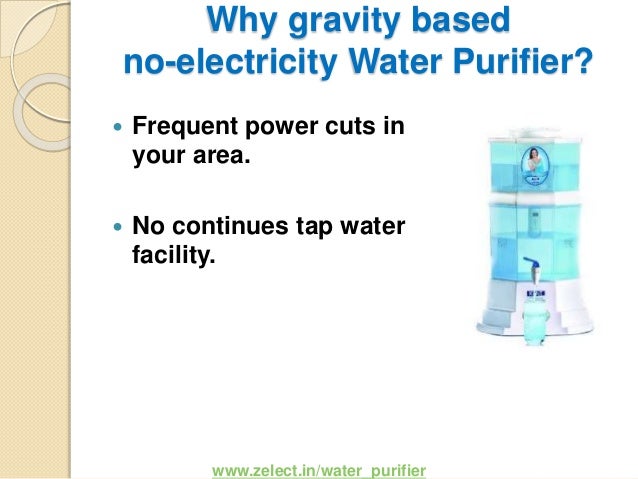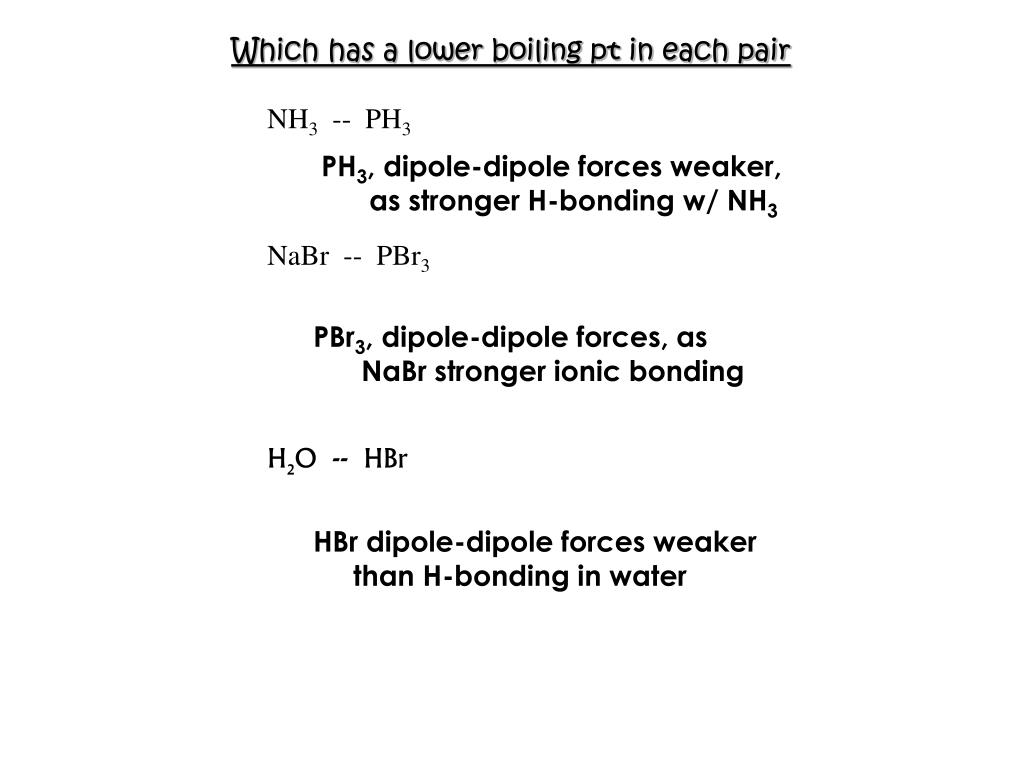

They can be measured by receding and advancing liquid on a solid surface. Among these contact angles, the lowest metastable contact angle is the receding contact angle, and the highest one is the advancing contact angle.


However, for a real solid surface and a liquid, many contact angles can be measured since the system has many metastable equilibrium states, and each metastable equilibrium state corresponds to one contact angle. On an ideal surface, the system has a single and unique contact angle. It is generally believed that Young's contact angle represents the contact angle of the liquid on an ideal surface, which refers to a rigid, smooth, chemically homogeneous, and inert surface. Extensive studies on wetting and the contact angle are beneficial for clarifying this issue. This discrepancy becomes an important issue, especially in the space era, when interfacial phenomena frequently draw more attention because they are dominant events in microgravity and much different from those observed on Earth. However, many experimental observations under some gravities (≤2G) differed from these theoretical conclusions. Recently, Bormashenko imposing the transversality conditions on the variational problem of wetting also demonstrates that gravity does not influence equilibrium contact angles. Gravity only affects the shape of the drop. Some researchers also derived the same Young's equation based on the thermodynamics of wetting and pointed out that the contact angle depends only on the physical and chemical properties of the solid, liquid, and vapor accordingly and is not affected by gravity. In Young's equation, gravity is not included as a variable.
WATER NO GRAVITY LONDON DISPERSIO FREE
And the interfacial tensions refer to the constant, interfacial Gibbs free energies far from the contact line. At present, it is considered that Young's equation describes the relationship between macroscopic, measurable, thermodynamic variables, and the contact angle. Physically, as addressed by de Gennes, Young's contact angle is a measurable macroscopic contact angle which is on a scale above that of long-ranged intermolecular forces.

This issue was resolved by Keller and Merchant, and a precise mathematical definition for the contact angle was proposed: a boundary condition to the Young-Laplace equation where the film thickness is 0. referred to Young's equation not being valid, and the alternative equations for contact angle were derived by other researchers based on various intermolecular force models. Where γ lv is the liquid-vapor interfacial tension, γ sv is the solid-vapor interfacial tension, γ sl is the solid-liquid interfacial tension, and θ Y is Young's contact angle for a drop on a solid.īecause the disjoining pressure, resulted from the intermolecular interaction, makes the structure of three-phase contact line complicated, Benner et al. This finding can provide new horizons for solving the debate on whether gravity affects the contact angle and may be useful for the accurate measurement of the contact angle and the development of a new contact angle measurement system. Furthermore, a new equation is proposed based on the balance of forces acting on the three-phase contact region, which quantitatively reveals the relation of the apparent contact angle with the interfacial tensions and gravity. The measured apparent contact angles are angles of inclination of the liquid-vapor interface away from the solid surface. The real contact angle is not affected by gravity and cannot measured by an optical method. The underlying mechanism is revealed to be the contact angle hysteresis and the deformation of the liquid-vapor interface away from the solid surface caused by gradient distribution of the hydrostatic pressure. Herein, we measured the advancing and receding contact angles on extremely low contact angle hysteresis surfaces under different gravities (1-8G) and found that both of them decrease with the increase of the gravity. The contact angle, as a vital measured parameter of wettability of material surface, has long been in dispute whether it is affected by gravity.


 0 kommentar(er)
0 kommentar(er)
